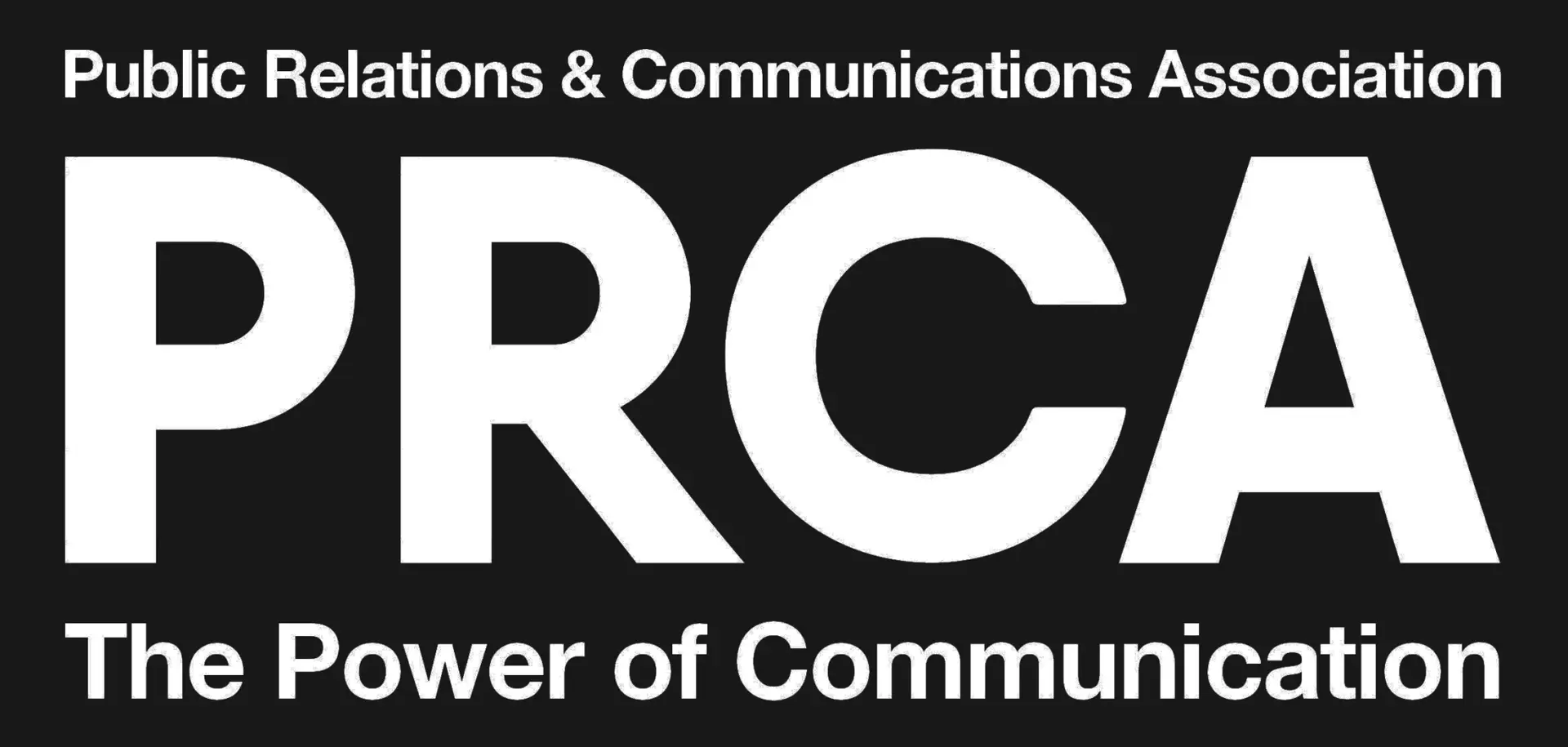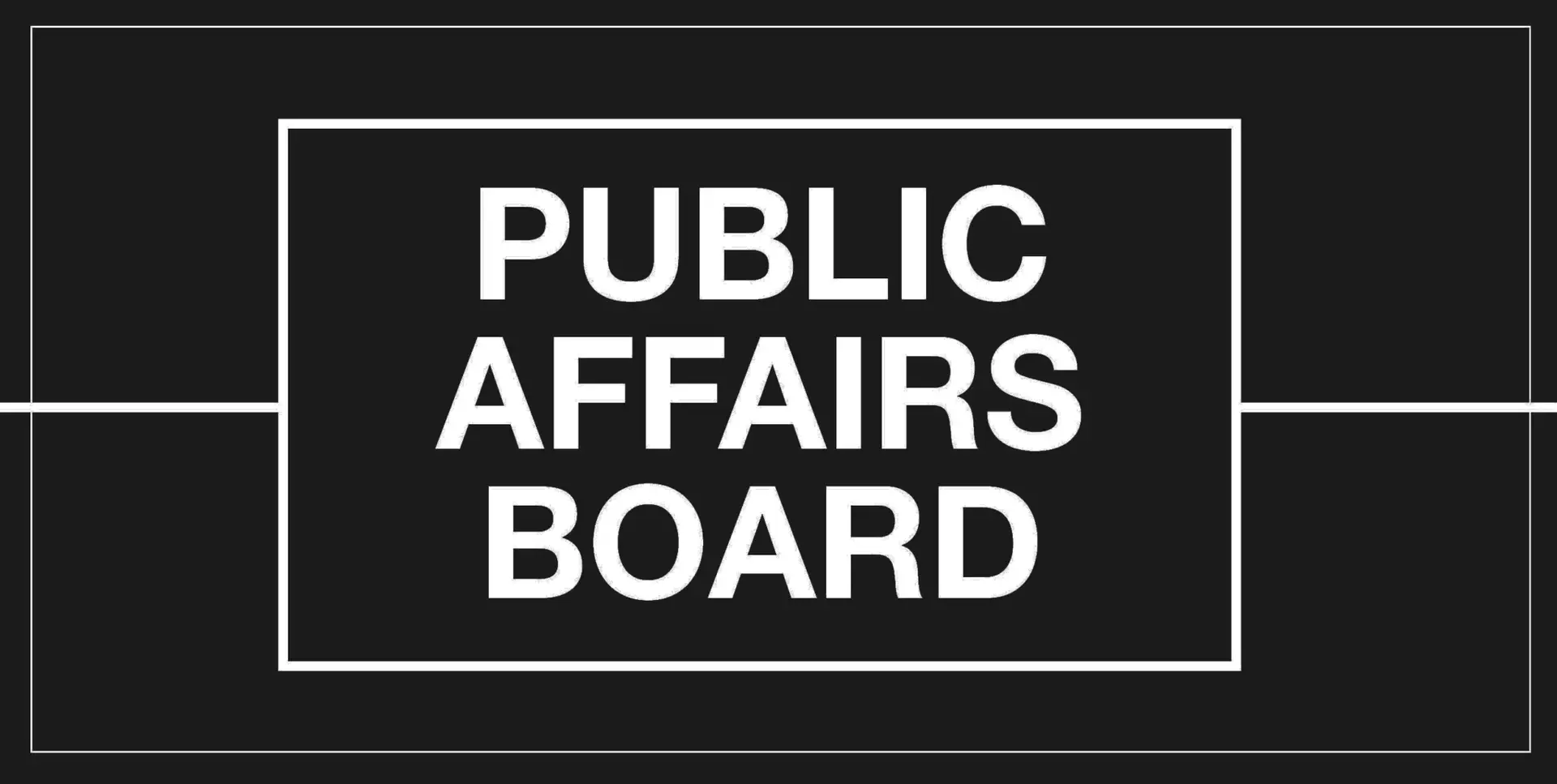The Online Safety Bill, also known as the Online Harms Bill, has been designed to address the issue of harmful content on the internet and ensure a safer online environment.
Multiple alterations in government policy under four Prime Ministers and five Digital Ministers since the inception of the proposals in 2019 have culminated in a comprehensive bill with approximately 200 clauses.[1] This legislation is poised to have significant implications, extending beyond major technology corporations to affect a multitude of businesses nationwide.
This article provides detailed answers to key questions, shedding light on the Online Safety Bill’s purpose, impact, and implications for tech companies and individuals.
What is the purpose of the Online Safety Bill?
The primary purpose of the Online Safety Bill is to protect individuals from harmful content on the internet by imposing regulatory obligations on tech companies.[2] It aims to create a safer digital space by holding platforms accountable for facilitating or hosting such content and enforcing measures to minimise harm.
How will the Online Safety Bill protect individuals from harmful online content?
The Online Safety Bill includes several measures to protect individuals from harmful online content. It promotes the use of age verification and estimation tools to restrict access to age-restricted or inappropriate material. Online platforms have a legal duty of care to prioritise user safety, implement moderation policies, and provide reporting mechanisms. The Bill emphasises transparency by encouraging platforms to outline their content guidelines and child protection measures clearly. It also establishes collaboration with regulatory authorities, with Ofcom acting as the online safety regulator.
What are the potential consequences of non-compliance with the Online Safety Bill?
Non-compliance with the regulations outlined in the Online Safety Bill could have severe consequences for tech companies. This includes substantial fines that can be calculated as a percentage of the company’s global turnover, restrictions on their services such as temporarily or permanently limiting their operations, and senior managers could face criminal liability if they are found to have been negligent or knowingly allowed harmful content to persist on their platforms and reputational damage.[3]
What types of businesses will be affected by the Online Safety Bill?
The Online Safety Bill is set to have a broad impact across various sectors and industries. While the Bill primarily focuses on internet service providers, search engines, and platforms hosting user-generated content, it also extends its reach to other businesses involved in online activities such as Social Media Platforms, Search Engines, Messaging Apps, Online Marketplaces, Video-Sharing Platforms and Gaming Platforms.
Will the Online Safety Bill have any implications for tech companies operating in the UK?
The Online Safety Bill will have implications for tech companies operating in the UK.[4] It introduces regulatory obligations and potential sanctions for non-compliance. Tech companies will need to adapt their policies, content moderation practices, and systems to align with the Bill’s requirements. Failure to do so may result in significant penalties, including substantial fines and potential restrictions on services.
What responsibilities do tech executives have under the amended provisions of the Online Safety Bill?
Tech executives have significant responsibilities under the amended provisions of the Online Safety Bill.[5] They must ensure user safety on their platforms, hold senior managers accountable for hosted content, and take proactive measures to address harmful content. This includes implementing robust systems, policies, and technologies to identify and mitigate harmful content, establishing mechanisms to receive and respond to user reports, cooperating with the regulatory body Ofcom, and fostering transparency and accountability within their organisations.
Why was the Online Safety Bill introduced?
The first draft paper of this Bill was introduced by former Prime Minister Theresa May back in 2019 and it was aimed at addressing tech regulation following significant incidents such as the suicide of Molly Russell and the Cambridge Analytica scandal.[6] Tragic events like suicides have drawn attention to the impact of online platforms on mental health and the need for more comprehensive measures to promote online safety. These events sparked public outcry and a broader conversation about the responsibility of tech companies and social media platforms to protect users, especially children, from exposure to harmful and dangerous content. The Molly Russell case became a significant catalyst for pushing forward legislation and regulations, leading to the development of the Online Safety Bill. The Cambridge Analytica scandal, which emerged in 2018, involved the unauthorised harvesting of personal data from millions of Facebook users. The revelations surrounding the Cambridge Analytica scandal prompted a broader awareness of the risks and implications of unregulated online platforms and the need for enhanced data protection and online safety measures. The scandal, along with other incidents involving data breaches and misuse, contributed to the demand for increased accountability and regulation of tech companies and online platforms.
What stage is the Online Safety Bill at now?
The Online Safety Bill has gone through various stages in the parliamentary process. The Joint Parliamentary Committee published a report on the draft bill in May 2021, outlining key changes recommended. The Bill was introduced in its first reading on 17 March 2022 and went through subsequent readings, committee stages, and report stages.[7] A carry-over motion was passed to allow the Bill’s progress into the next parliamentary session. Amendments were made, and consideration of amendments continued. The Bill is currently at the Report Stage in the Lords. Once it has completed all stages in both Houses, it will receive royal assent, expected in autumn 2023.[8] Following that, secondary legislation and codes of practice will be developed by Ofcom, with consultations, calls for evidence, and draft publications. Based on working estimates, all required secondary legislation is anticipated to pass by autumn 2024.[9]
When is the Online Safety Bill expected to become law?
The precise timeline for the Bill to become law will depend on further debates, potential amendments, and the legislative process but it is expected that the Bill will receive Royal Assent in Autumn 2023.
What happens after the Online Safety Bill becomes law?
After royal assent the powers granted by the Online Safety Act will come into force two months later, enabling the regulatory body Ofcom to enforce online safety provisions. Following this, a series of consultations will be published by Ofcom to gather input from service providers and stakeholders on various aspects of the regulatory regime.[10] Based on the consultation responses, guidance documents, codes of practice, and enforcement guidelines will be drafted, providing detailed instructions for service providers to comply with their obligations. Focused engagement will be initiated with high-risk services, and once the guidance and codes are finalised, service providers must align their operations and systems accordingly. Compliance will be monitored, and enforcement actions may be taken by the regulatory body.[11]
What does Labour think about the Online Safety Bill?
The Labour Party has concerns about the Online Safety Bill, emphasising the need for stronger measures to protect children and vulnerable individuals from online harms.[12] They call for robust safeguards, effective enforcement, and clearer guidelines to hold tech companies accountable for harmful content. Labour also raises concerns about the Bill’s impact on freedom of speech and seeks a balance between user protection and online freedoms. If in power, Labour says they would toughen and strengthen the Bill, addressing the issue of “legal but harmful” material online. Their plan involves amending the Bill to better protect children and potentially introducing their own legislation. They aim to target algorithms and online business models that expose young people to harmful content, proposing criminal sanctions for promoting damaging material and establishing a new ombudsman for complaints.[13]
BREVIA CONSULTING PROVIDES STRAIGHTFORWARD POLITICAL ADVICE AND SUPPORT TO BUSINESSES AND ORGANISATIONS
Discover how Brevia can help you and your organisation by contacting the Brevia Team on 020 7091 1650 or contact@brevia.co.uk
[1] House of Commons, Current Version of the Bill, Link, 22 June 2023
[2] Department for Science, Innovation and Technology and Department for Digital, Culture, Media & Sport, A guide to the Online Safety Bill, Link, 16 December 2022
[3] Department for Science, Innovation and Technology and Department for Digital, Culture, Media & Sport, A guide to the Online Safety Bill, Link, 16 December 2022
[4] Department for Science, Innovation and Technology and Department for Digital, Culture, Media & Sport, A guide to the Online Safety Bill, Link, 16 December 2022
[5] Department for Science, Innovation and Technology and Department for Digital, Culture, Media & Sport, A guide to the Online Safety Bill, Link, 16 December 2022
[6] Sky News, Online Safety Bill to criminalise encouraging self-harm – as Molly Russell charity hails ‘significant move’, Link, 27 November 2022
[7] Ofcom, Update: How Ofcom is preparing to regulate online safety, Link, 15 June 2023
[8] Ofcom, Update: How Ofcom is preparing to regulate online safety, Link, 15 June 2023
[9] Ofcom, Update: How Ofcom is preparing to regulate online safety, Link, 15 June 2023
[10] Ofcom, Update: How Ofcom is preparing to regulate online safety, Link, 15 June 2023
[11] Ofcom, Update: How Ofcom is preparing to regulate online safety, Link, 15 June 2023
[12] The Guardian, Labour pledges to toughen ‘weakened and gutted’ online safety bill, Link, 1 January 2023
[13] The Guardian, Labour pledges to toughen ‘weakened and gutted’ online safety bill, Link, 1 January 2023







